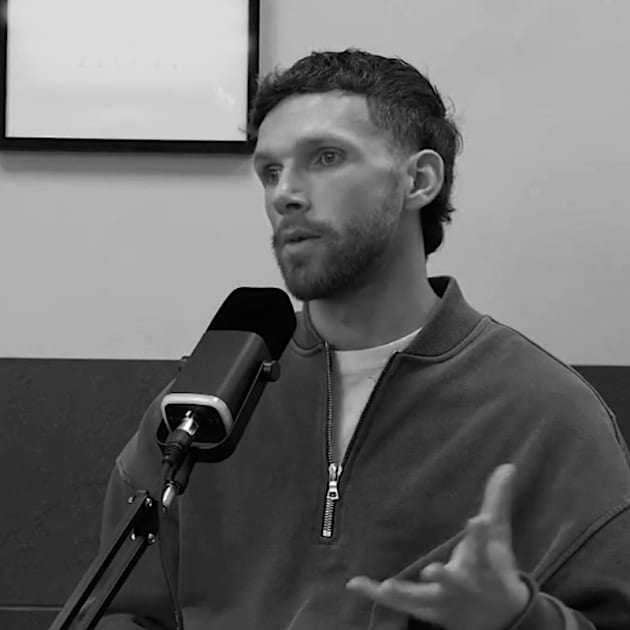


Too good to be true? Experienced educator, Connor Hardwick tells KS2 Digest how AI can revolutionise teacher report writing.

Report writing season is underway and time-poor teachers may be concerned about where this fits in their busy timetable.
Speaking from experience, Educational Content Lead and former primary teacher, Connor Hardwick shares what a report needs to be and how teachers can achieve this in record time.

Considering the nature of an end-of-term report, Hardwick identifies key characteristics they need to be:
personal
informative
concise
‘Reports need to be warmhearted and personalised for every individual pupil.
‘There should be a balance between the things the child can do and the things that the child has achieved, but also the improvements needed.’
Hardwick emphasises that these need to be ‘actionable targets for children’.
Similarly, as the intention is for parents to learn about their child’s progress over the year, they need to understand the information.
‘It needs to be clear and concise, using less “teacher jargon” and more parent-friendly vocabulary’, Hardwick continues.
He explains that reports should sound ‘positive’ and celebrate the wins for each child – ‘we're celebrating what the child can do rather than using it as a time to give negative feedback.’
Summarising, Hardwick reiterates that a report should be ‘positive, warm and give actionable targets’.
Next, Hardwick highlights the two main issues teachers face during report writing season.
The Teacher’s Union, NASUWT, asserts that teachers must create one report requiring ‘comments about pupils’ progress and performance’ per academic year.
‘Most teachers are writing reports towards the end of the school year at one of the busiest times’, Hardwick notes.
Reflecting that teachers usually aren’t given any additional time for writing, Hardwick accepts that teachers have to ‘fit it in their busy timetable.
As ‘teachers are already overworked and underpaid’, he explains that many spend ‘their own free time after school, at the weekends and during school holidays’ writing reports.
Hardwick also recognises that feeling tired and run down can lead to ‘writers’ block’.
They may struggle to think of a way to start a report, how to word something differently or explain without the “teacher jargon” overshadowing, he explains.
Looking at previous reports you have written can be great for inspiration but sometimes, Hardwick emphasises, ‘you just don't always know how to word it and fit it into the word count'.
To support teachers with these challenges, Hardwick poses a solution – AI.
Artificial intelligence (AI) is fast becoming a staple in many classrooms for teachers and pupils.
The government is keen to encourage educators to embrace the opportunities AI has to offer, whilst being aware of any limitations and risks.
Read: Is EdTech the answer to reducing teacher workload?
Using a Report Writer AI tool can significantly reduce the time spent producing a progress report as well as providing personalised content ideas.
It can take ‘less than 60 seconds’ to produce a report, Hardwick informs, ‘but on average it was less than four minutes’ based on analysis of a group of teachers.
Delving deeper into the process, Hardwick explains: ‘If you feed AI some information that's personal about a specific child or group of children, the AI will turn your notes into a written comment for the teacher to edit.’
He warns that the AI content isn’t the finished product, ‘but it gives the teacher a head start and it reduces hours of just typing’.
‘The number one thing it can do is reduce time spent either researching, scrolling or typing.
AI will do those things for you so you can focus on what really matters – your personal touch.’
Recognising worries around data protection and privacy, Hardwick reassures that using tools such as his Report Writer, which only asks for a first name and no school details, will ensure that anything inputted is untraceable to the pupil.
For those who are concerned, he suggests using ‘pupil A’ or ‘child 1’ instead of names and manually editing names when the comments have been produced.
Editing anything AI produces is essential for accuracy too, as it uses exactly what a teacher inputs to produce the information.
‘That goes for AI in general’, Hardwick adds, ‘you always need a human to come and edit it, proofread it and change some things’.
Hardwick’s tool also includes the added benefit of ‘teacher voice’.
The ability to ‘match my writing style’ means that teachers can upload previous examples of their own writing so anything produced by the AI tool matches this tone and style.
‘This means that you get the personalisation of the pupil, but you get the personalisation of the teacher's voice as well.
‘Obviously, that's what teachers want because every teacher has their personality – some may want it to be a little bit more serious and constructive and some teachers want the report to sound quite positive and maybe put their sense of humour in there as well’.
‘It might not sound exactly the same as you, because it's not you, but it can definitely give you a head start.’
Considering the future of AI, Hardwick believes this ‘is becoming more and more popular – people are getting used to AI and using it more in their everyday life’.
As much as people may ‘either love it or hate it’, in education, AI is likely here to stay.
He hopes that ‘it's only going to become more advanced and more available and accessible to teachers’.
‘I'd love to think of reports in the future as more of a personalised feel with AI’.
‘I do think it is scary because we're venturing into an unknown area, but it's scary in an exciting way because we've got endless possibilities now and we don't know, in the next 10 years what it will look like.’
Read: Maintaining the human touch of report writing with AI
Contact me: Facebook Twitter LinkedIn Bluesky
